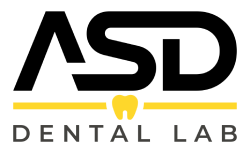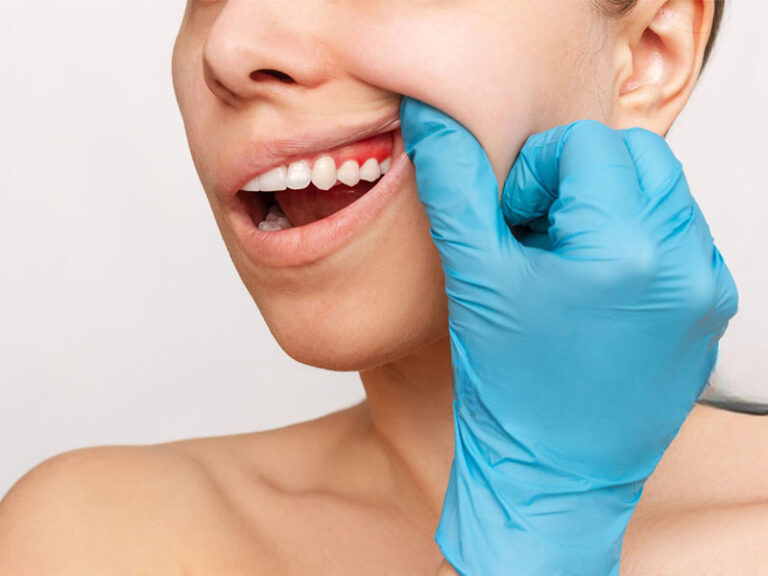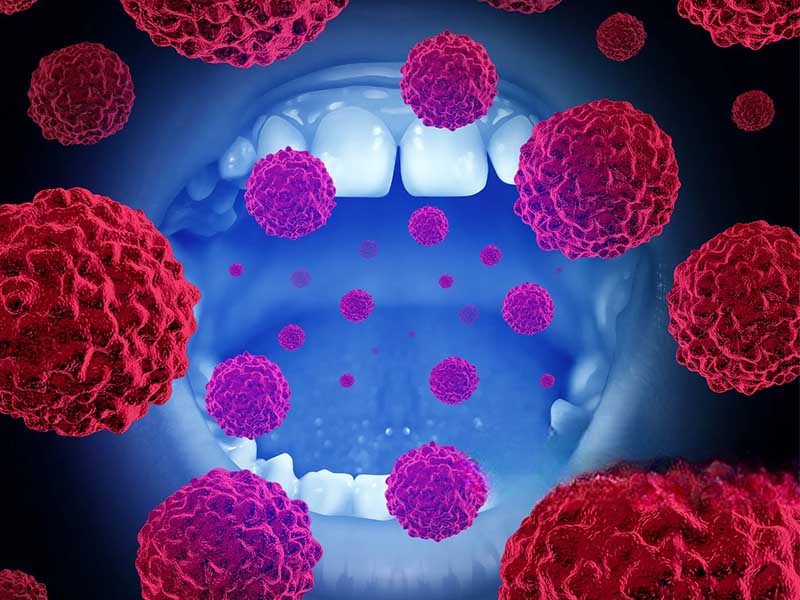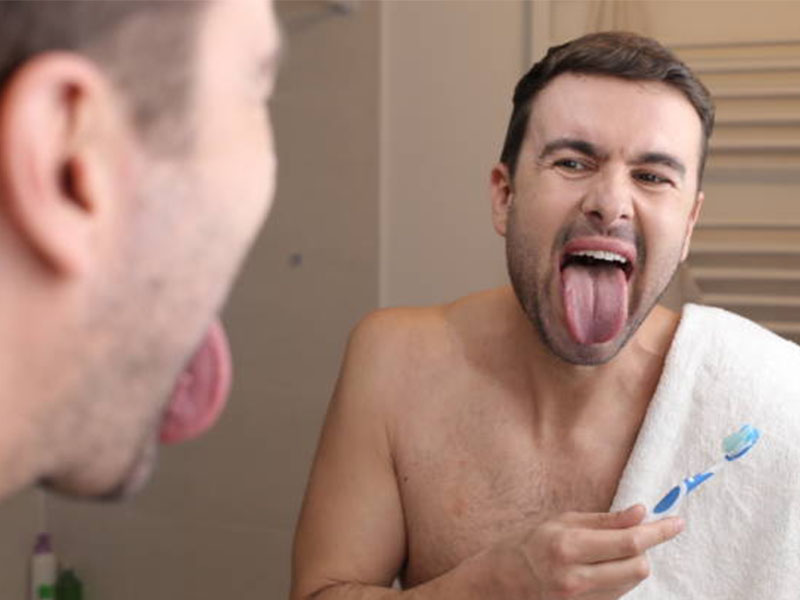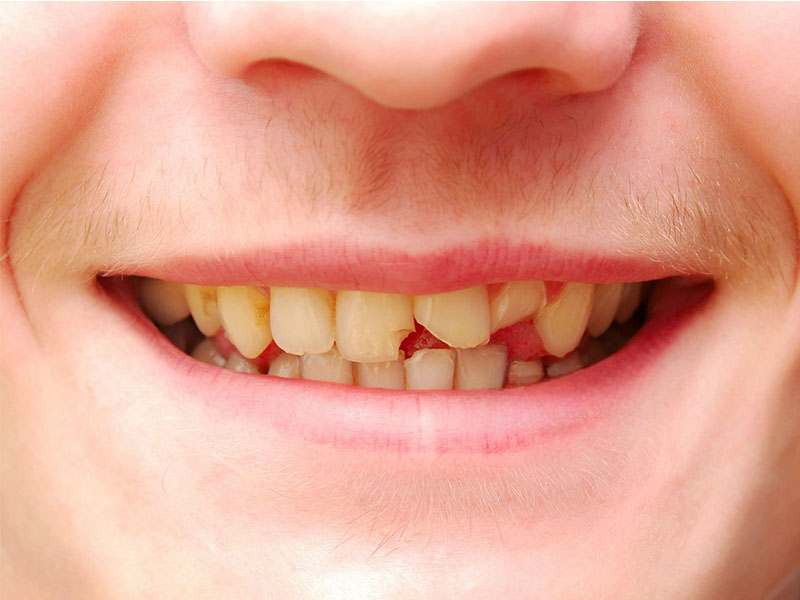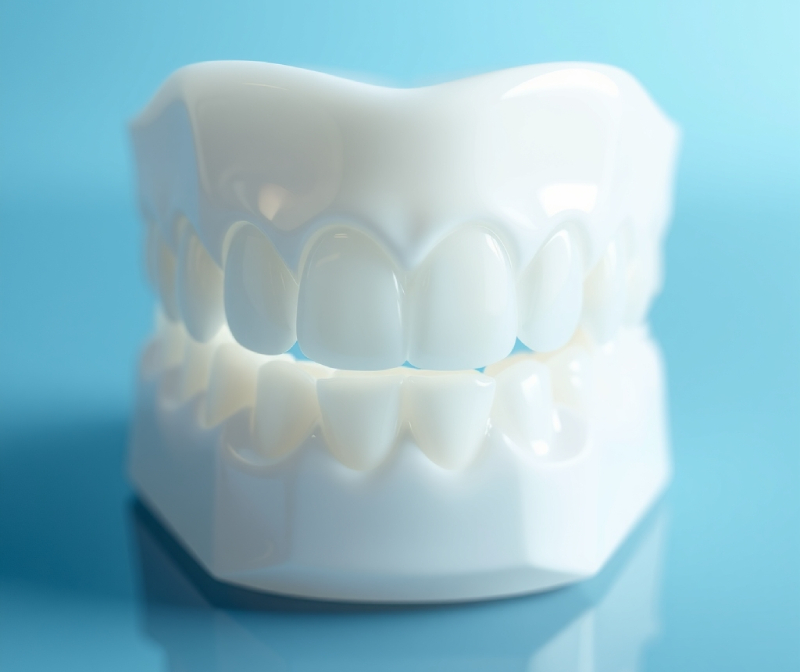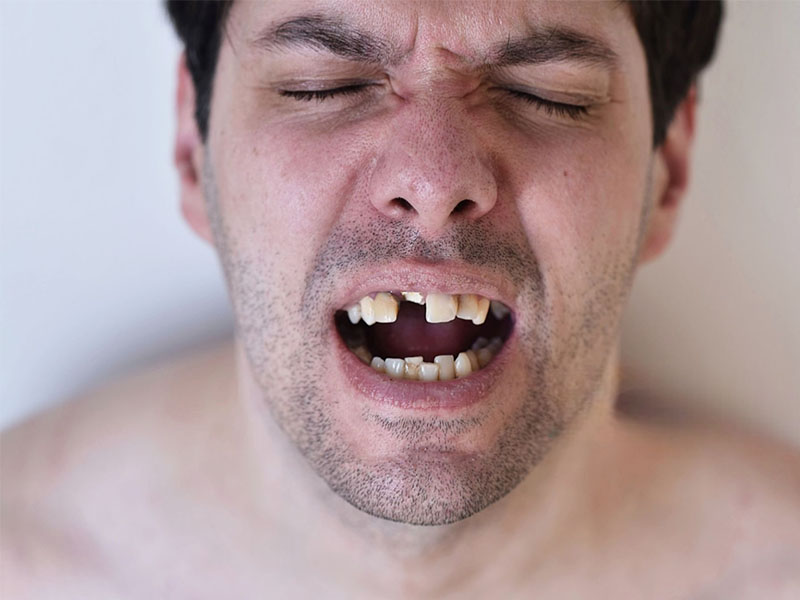
How to Deal With a Broken Tooth: The Simple, Caring Guide
That loud, easy-to-recognize crack. Maybe you bit into a hard piece of bread, got bumped during your weekend soccer game, or just woke up with part of your tooth missing. Suddenly, you’re stuck with a sharp edge in your mouth, a jolt of pain, and a bunch of questions. What now? Is this a real emergency? Can you fix a broken tooth—or will waiting make everything worse?
First, relax. You’re definitely not alone. Cracked, chipped, and broken teeth happen as often as stubbed toes, and knowing the right steps can mean the difference between saving your tooth and dealing with big dental issues later. If you want clear, helpful advice on what to do next, you’re in the right place.
Table of Contents
Why Are Broken Teeth Such a Big Deal—And So Common?
Let’s be clear about something: pretty much everyone has a tooth problem at some point. Studies say that up to 25% of kids and 33% of grown-ups have accidents that damage their teeth, often from playing sports, tripping, or biting something harder than their teeth can handle. The back teeth, especially, get hit the most—they do most of the chewing work.
But why does it seem so serious when you chip or break a tooth? Well, your mouth is a team of parts—enamel (the hard shell), dentin (soft inner layer), and pulp (where the nerves and blood vessels are). If a crack opens up these inside parts, you open the door for pain, infection, and even losing a tooth for good. It’s like leaving your door open during a thunderstorm.
But don’t freak out! Most broken teeth can be fixed—sometimes perfectly—if you act fast. Keep reading, and I’ll walk you through what to do step by step, help you figure out what’s going on with your tooth, and show you what your dentist can do to help. By the end, you’ll feel ready and in control again.
Immediate First Aid: What to Do Right Now for a Broken Tooth
Let’s say you’ve just broken a tooth and you’re not sure what to do. Here’s what dentists suggest—quick, easy things you can do right away to help your tooth and ease the pain.
Step 1: Call Your Dentist Right Away
Don’t put it off. Even if it doesn’t hurt much or the break looks small, a cracked tooth is important. Your dentist can check if you need to come in quickly, give pain relief ideas, and set up a visit. If your usual dentist isn’t open, try to find an emergency dentist. A lot of offices save time for these situations.
Why does this matter? Some tooth injuries—especially if the nerve inside shows—can get worse in no time. Germs can sneak in, causing infection or an abscess (which can be serious and even dangerous).
Step 2: Find and Save the Broken Piece
If a bit of your tooth snapped off, try to find it. Rinse it gently with water, not soap. If there’s dirt, just lightly dab it off. Keep the piece in milk, saliva, or a tooth-saving product from the store. If you don’t have these, just keep it wet—if it dries out, it’s harder to use.
Tip: Sometimes dentists can glue a clean piece back on, making the fix almost invisible.
Step 3: Rinse Out Your Mouth
Swish gently with salt water (half a teaspoon in a cup of water). This cleans the area and calms your gums. Think of it like a mini spa day for your mouth.
Step 4: Deal With Pain and Swelling
- Pain: Take ibuprofen if you can (or acetaminophen). Skip aspirin; it can make you bleed easier.
- Swelling: Put a cold pack or even frozen veggies on your cheek close to where it hurts.
Stay away from Orajel or numbing gels unless your dentist says it’s okay for you.
Step 5: Cover Any Sharp Edges
If there’s a spot that’s cutting at your tongue or cheek, cover it with dental wax (at the pharmacy) or sugar-free gum. It works like a cushion.
Step 6: Be Careful With Food
Eat only soft foods—yogurt, mashed potatoes, eggs, things like that. Don’t use the broken tooth to chew. Also, skip food that’s really hot, cold, sweet, or sticky—they can make the pain worse.
Figuring Out the Damage: Types of Tooth Breaks
Not all broken teeth are the same. Knowing what kind of break you have helps you get the right fix.
Small Chips (Craze Lines)
- What: Tiny, shallow cracks in the outside layer. You may only spot them if you look hard.
- Symptoms: Hardly ever hurt. Just don’t look that nice.
- Treatment: None unless you want to smooth them out for looks.
Chipped Tooth
- What: A small bit of the outside breaks off—often on your front teeth or the edge you bite with.
- Symptoms: Might hurt, might not. May feel rough.
- Treatment: Can be fixed quickly with bonding or smoothing.
Broken Cusp
- What: The pointy part of a back tooth snaps off.
- Symptoms: Usually doesn’t hurt much unless it’s deep.
- Treatment: Usually needs a crown or filling.
Big Crack in the Tooth
- What: A crack goes down from the biting surface, sometimes almost to the root.
- Symptoms: Pain when biting, hot/cold makes you jump, the crack might spread.
- Treatment: Dentists try to fix with a crown. If it hits the nerve, you’ll likely need a root canal.
Split Tooth
- What: The crack is so big the tooth is split into two or more chunks, maybe wobbly.
- Symptoms: Really hurts.
- Treatment: Usually the tooth has to come out. Gluing pieces back doesn’t work here.
Crack Starting at the Root
- What: The break starts under the gums at the root and moves upwards.
- Symptoms: Not easy to spot at first. Might look like puffy gums nearby.
- Treatment: Usually needs pulling as the tooth can’t be saved.
Think of it like cracks in the pavement—tiny ones are nothing, but deep cracks can break things apart and need quick repairs.
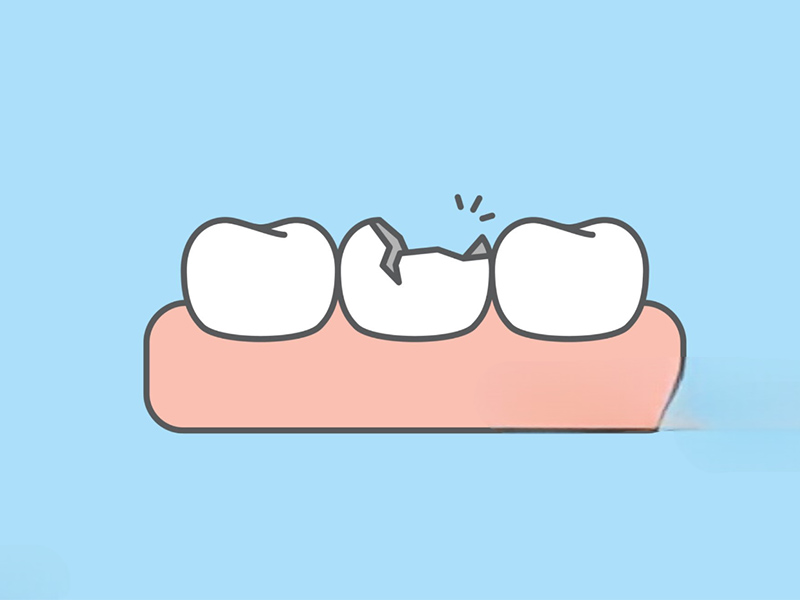
How Dentists Fix a Broken Tooth
When you get to the dentist, what’s next? Your dentist (or root canal specialist) checks the break, does x-rays, and explains your choices. Here’s what they might offer:
Dental Bonding or Fillings
- Best for: Small chips or little breaks
- How it works: The dentist puts and shapes a tooth-colored resin to cover the chip. Then, they shine a special light to harden it, and smooth it down.
- Pros: Fast, doesn’t hurt, not too pricey
- Cons: Not as strong as a real tooth or crown. You may need it fixed again later.
Dental Crown (Cap)
- Best for: Big breaks, large cracks, or teeth already made weak by other repairs
- How it works: The dentist shapes the tooth, then puts a new “cap” over it—often made from strong tooth-like material.
- Pros: Protects and makes the tooth look and work normal.
- Cons: Costs more, takes two visits.
Dental Veneer
- Best for: Chipped or worn front teeth when you only care about looks.
- How it works: A thin shell goes over the front of the tooth and gets bonded in place.
- Pros: Makes your smile bright and smooth.
- Cons: Not as tough as a crown; not for bad breaks.
Root Canal Treatment
- Needed when: The crack gets into the middle of the tooth (the pulp) and you feel pain or infection.
- How it works: The dentist gently removes the inside part, cleans it, seals it, and then covers it with a crown.
- Pros: Keeps your tooth in your mouth and stops the pain.
- Cons: More time and money than a filling. Usually the last try before pulling the tooth.
- Success: Works over 95% of the time with modern care.
Tooth Extraction
- When: If the tooth is really smashed, split below the gum, or badly infected.
- How it works: The dentist numbs you and takes the tooth out.
- Follow-up: You might need implants, bridges, or dentures to fill in the gap.
- Pros: Gets rid of infection fast.
- Cons: You lose the tooth. Replacing it costs more.
Table: Estimated Treatment Costs in the USA (No Insurance)
| Procedure | Cost Range |
|---|---|
| Dental Bonding | $300 – $600 |
| Crown (Cap) | $800 – $2500+ |
| Root Canal (Molar) | $700 – $2000+ |
| Extraction | $150 – $400+ |
(Insurance usually pays for 50–80% after your deductible. Crowns and root canals are “big” services. Prices change by where you live and what you pick.)
What Happens If You Ignore a Broken Tooth?
It may seem okay to leave alone a small chip, especially if it doesn’t bother you. But just because “it doesn’t hurt” doesn’t mean you’re safe—in fact, not fixing it can cause much bigger problems later.
Infection and Abscess
A crack is an open door to the tooth’s soft inside. Germs can crawl in. Without treatment, infection can cause an abscess (painful swollen bump), puffy gums, and you could end up losing the tooth. In rare cases it can spread, leading to sepsis (which is an emergency for your life).
More Damage and Losing the Tooth
A tiny chip can grow into a big crack. A little break might shatter with your next tough bite. Every chew could split it more or break other teeth too.
Nerve Problems and Pain
Once the pulp is exposed or infected, pain often gets worse—throbbing, sharp, or you start to hate hot and cold drinks. If the nerve dies (pulp death), your tooth might get darker and later drop out or need pulling.
Trouble Chewing and Jaw Pain
Even if it doesn’t hurt, missing parts make you chew funny, which can get your jaw sore, give you headaches, or mess up your bite.
Bottom line: Don’t risk it. Small repairs early usually mean less pain, less money, and better results.
How to Keep Your Teeth from Breaking
Once the worry fades, you may ask: Can I stop this from happening again? You can’t control everything, but a few easy steps do help protect your teeth.
Keep Up Good Oral Care
- Brush twice daily with fluoride toothpaste.
- Floss every day to clean between teeth.
- Visit your dentist for checkups and sealants if you get cavities a lot.
Wear a Mouthguard
- When playing sports: Don’t use your teeth as shields playing football or hockey—get a mouthguard.
- If you grind at night: A special night guard can save your teeth from cracks and chips.
Don’t Bite Hard Things
- No chewing ice, popcorn seeds, pens, or hard candy. Even though it sometimes works, all it takes is one bad bite.
Take Care of Teeth Grinding (Bruxism)
- See your dentist if you wake up with jaw pain, headaches, or find your teeth getting flat or sensitive.
- Lowering stress, sleeping better, or getting help from your doctor can all make a big difference.
See Your Dentist Regularly
Sometimes breaks start from tooth decay you don’t see, or an old filling that’s falling apart. When you check regularly, dentists can catch these things early.
Frequently Asked Questions About Broken Teeth
Here are answers to the questions dentists hear most often.
Can a cracked tooth heal by itself?
No. Once tooth enamel breaks, it doesn’t grow back. Super small cracks can sometimes be left alone, but bigger ones always need a dentist’s fix. Waiting only makes it worse.
Is a broken tooth really an emergency?
Yes, if you’re hurting, see a clear crack, or a big chunk broke off. If you’re not sure, call your dentist—better safe than sorry.
What’s the best quick fix for a broken tooth?
Use dental wax or sugar-free gum on sharp areas. Take store-bought painkillers. Rinse your mouth with warm salt water. But don’t forget—these are just until you can see your dentist.
Should I go to the ER or my dentist for a broken tooth?
Usually, go to the dentist. Head to the ER only if:
– You can’t stop really heavy bleeding.
– You’re in lots of pain and store-bought meds don’t help.
– You hurt your jaw, face, or can’t breathe or swallow well.
What foods can I eat with a broken tooth?
Choose soft, easy foods: yogurt, eggs, soup, mashed potatoes. Don’t eat stuff that’s rough, crunchy, very cold or hot.
If a kid breaks a tooth, can it be saved?
Yes, if you act quickly. Baby teeth are sometimes smoothed or filled, but real (adult) teeth need quick fixing. Call a dentist who sees kids.
Why did my tooth break out of nowhere—wasn’t it healthy?
Even healthy-looking teeth can have hidden problems: old fillings, cavities, clenching your jaw at night, or just tiny damage building up. Bone problems and acid reflux can also make teeth weaker. Ask your dentist for a good checkup to find out.
The Big Picture: How Often, Why, and Fixing Success
Here’s what experts say:
| What | Numbers & Facts | How To Fix & Odds of Working | Sources |
|---|---|---|---|
| Tooth Injuries | 25% of kids, 33% of adults have accidents | Bonding/crowns/root canal—great if quick | WHO, J. Conservative Dentistry |
| Cracked Tooth | Mostly in ages 30–50; back teeth break more | Crown or root canal (>95% work) | AAE, J. Endodontics |
| Teeth Grinding | 10% of adults, 15% of kids grind at night | Mouthguard, stress help | Sleep Foundation, NIH |
| Treatment Costs (US) | Bonding: $300–600, Crown: $800–$2,500, Root Canal: $700–2,000, Pull: $150–400 | Insurance pays half to most | ADA, Forbes Health |
| No Fix = Bad Trouble | Infection, abscess, or sepsis | Pull/implant (Implants >95% work) | AAE, JADA |
What Should You Do Next? The Fast Answers
Here’s what really matters:
- Call your dentist if you chip, crack, or break a tooth. Fast action can save it.
- Find and keep any broken pieces moist and clean.
- Rinse your mouth with warm salt water and use meds if you need pain relief.
- Cover sharp edges and eat only soft food.
- Don’t wait even if it doesn’t hurt. Untreated cracks can mean infection or lost teeth.
- Protect your teeth: keep them clean, wear a mouthguard for sports or grinding, avoid biting hard stuff, and have regular checkups.
- Don’t be shy with questions. Never sit quietly worrying—your dental team is there to help.
A broken tooth is just one of life’s curveballs—but with clear thinking and good care, you can get back to eating and smiling fast. Don’t let nervousness or embarrassment hold you back. Make that call and start on the road to a healthy mouth today.
Checked by a licensed dentist. Sources: American Dental Association, World Health Organization, American Association of Endodontists, Consumer Guide to Dentistry, Sleep Foundation.
Wondering about another mouth problem, or facing a different dental worry? Bring your questions to your next checkup, or look through our helpful guides for more tips.
